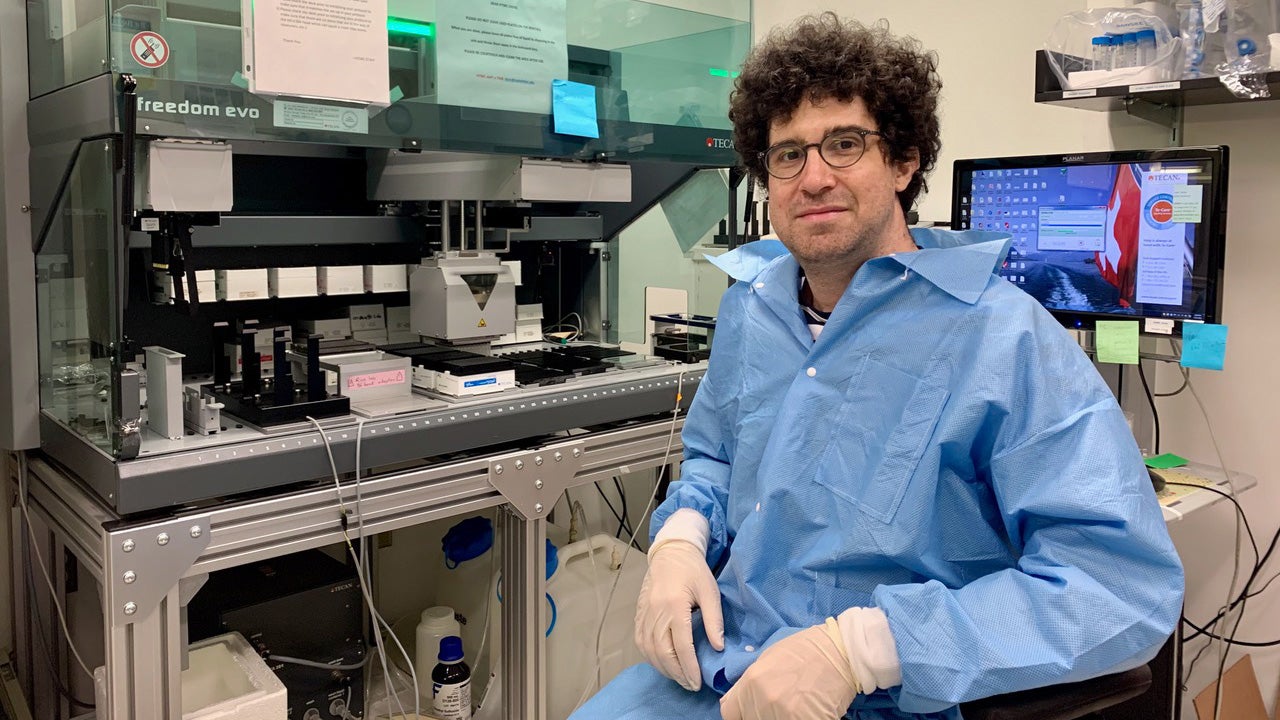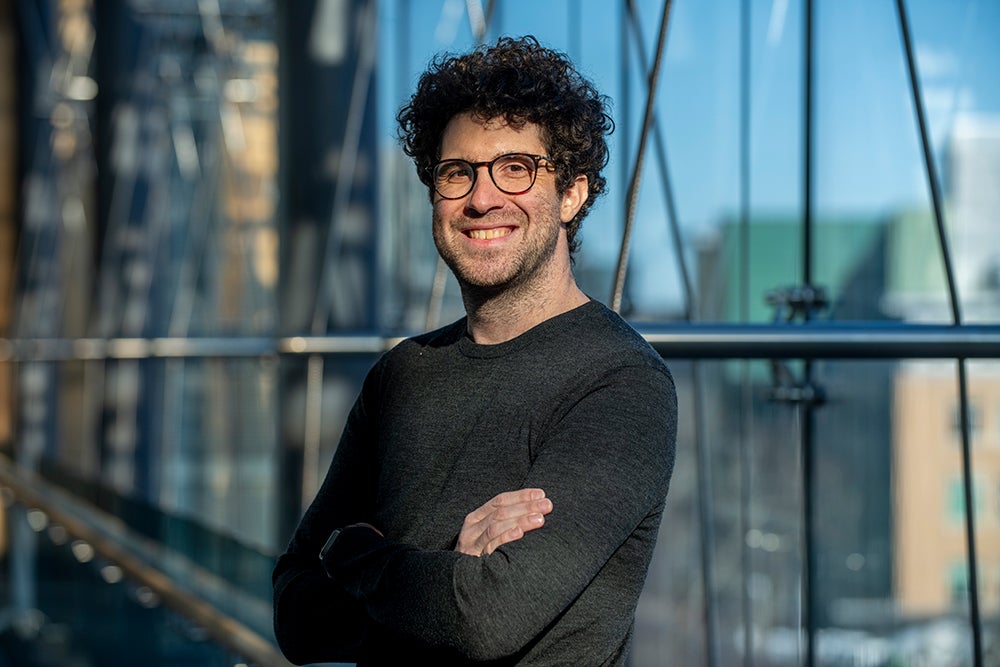Le Pen Lab
Our lab focuses on innate immunity to RNA viruses. The genomes of humans and other animals harbor genes that have naturally evolved to combat viral infections and promote health. Our goal is to identify these antiviral strategies shaped by nature and uncover their mechanisms of action.
651 Huntington Avenue,
Building FXB, Room 205
Boston, MA 02115

Innate Immunity to RNA Viruses
Cellular antiviral defenses are both ancient and continually evolving. These mechanisms vary between individuals and often influence the outcome of viral infections.
Through collaborative efforts and by integrating genetic studies on individuals with unbiased functional genetic screens in the laboratory, we work to map antiviral genes and understand their mechanisms of action. Our research focuses on RNA viruses and their hosts, including Orsay virus infection in C. elegans and SARS-CoV-2 infection in humans.
What We Do
By leveraging the strengths of both human cell systems and the C. elegans animal model organism, we gain complementary insights. Human cells reveal strategies critical for combating viruses directly relevant to human health, such as SARS-CoV-2, Influenza, and Yellow Fever. Meanwhile, C. elegans enables ambitious whole-organism experiments to explore antiviral defenses on a population scale. This dual approach allows us to address fundamental questions about the evolution of antiviral innate immunity.
The interactions between viruses and their host cells provide unique opportunities to uncover core cellular processes. Our research begins by perturbing the host genome using approaches such as forward EMS mutagenesis and CRISPR-based knockout methods. We then perform an initial binary assessment—‘more virus or less virus?’—to identify key genetic factors. This approach often leads to unexpected explorations in areas such as foreign RNA sensing, cellular RNA quality control, and the molecular mechanisms underlying cell membrane fusion.
Collaboration is central to our mission. Why do different individuals exhibit varying susceptibility to viral infections? We partner with field biologists and human geneticists to investigate how genetic variation shapes individual responses to viral infections and live attenuated vaccines. These partnerships bridge basic science inquiries with translational applications, advancing personalized medicine and targeted antiviral therapies.

